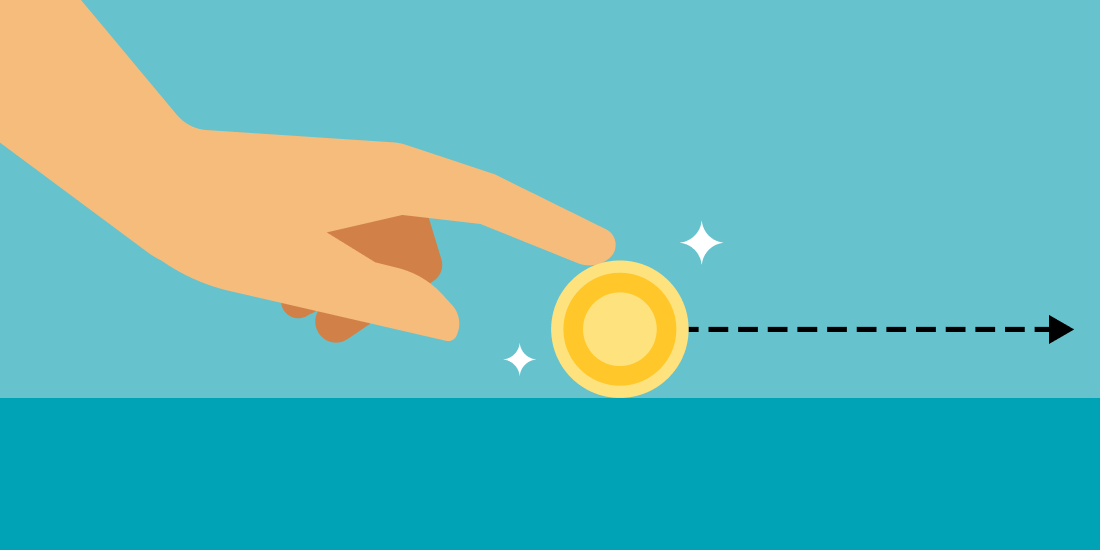Investing Philosophy

Considering a major transfer? Get one-on-one help with one of our experts. Explore our licensed concierge
Looking for a specific topic?
- App
- Behavioral finance
- Buying Real Estate
- Career Planning
- Cash Reserve
- Charitable Giving
- Crypto investing
- DIY Investing
- Debt
- Diversification
- ESG Investing
- Education Savings
- Estate Planning
- Fiduciary Advice
- Filing Taxes
- Financial Advisors
- Financial Goals
- Health Savings
- Inheritances
- Insurance
- Investing
- Investing Philosophy
- Investing Risk
- Investing with Betterment
- Investment Accounts
- Investment Portfolios
- Market volatility
- Markets
- Performance
- Public statements
- Retirement Income
- Retirement Planning
- Robo-Advisors
- Rollovers
- Salaries and Benefits
- Saving Money
- Savings Accounts
- Security
- Shared Finances
- Tax Coordination
- Taxes
- Transfers
- Using IRAs
- bond investing
No results found

